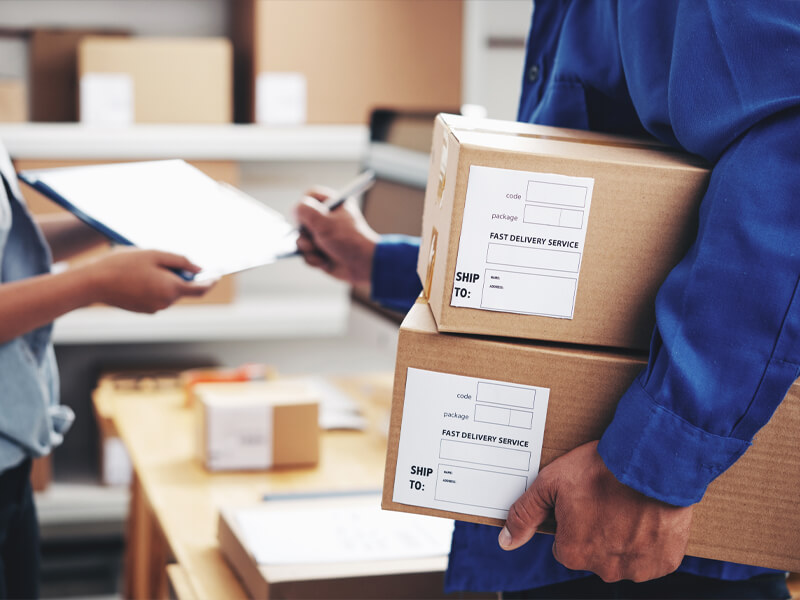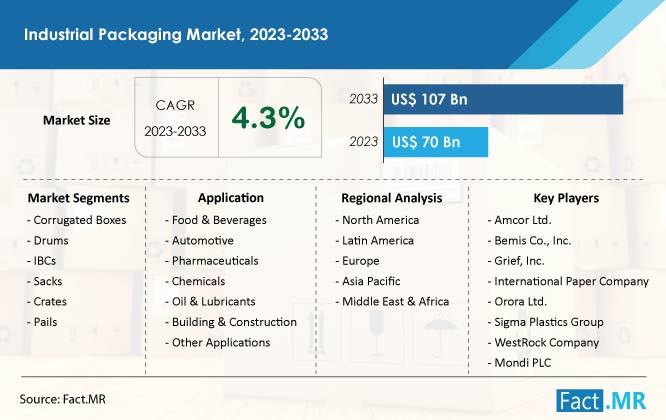Bulk Container Recycling Initiatives: Sustainably Navigating Sector
Bulk Container Recycling Initiatives: Sustainably Navigating Sector
Blog Article
Efficient Industrial Recycling Solutions for Lasting Packaging: A Comprehensive Overview
That's where this comprehensive overview on effective commercial recycling solutions for lasting packaging comes in. By exploring crucial areas such as packaging material choice, designing for recyclability, applying recycling framework, teaming up with recycling companions, and tracking and determining reusing success, this overview will certainly furnish you with the knowledge and devices needed to make educated choices and drive positive adjustment within your organization. Whether you're a product packaging expert, sustainability supervisor, or just interested in the subject, this guide will offer beneficial insights and methods to help you navigate the world of sustainable product packaging.
Packaging Material Choice
The option of packaging materials plays a crucial role in making sure the sustainability of industrial reusing remedies. When it comes to lasting product packaging, the choice of materials is crucial in minimizing environmental effect and taking full advantage of recycling effectiveness. Choosing the appropriate products can help in reducing waste generation, preserve resources, and promote a round economy.
Products like cardboard, paper, glass, and specific types of plastics can be recycled numerous times without losing their high quality. On the other hand, materials that are hard to recycle, such as combined plastics or non-recyclable composites, can create challenges for the recycling procedure and may finish up in incinerators or garbage dumps.
Another consideration is the usage of naturally degradable and eco-friendly materials. Product packaging made from renewable energies, such as plant-based plastics or biopolymers, can aid reduce reliance on nonrenewable fuel sources and mitigate climate adjustment. Additionally, naturally degradable products damage down normally in time, reducing the accumulation of waste in garbage dumps.
Moreover, the weight and volume of product packaging materials ought to be decreased to reduce transport expenses and energy consumption. Lightweight products not only need less sources throughout manufacturing but also contribute to reduce carbon discharges throughout transport.
Designing for Recyclability
In order to ensure the recyclability of packaging materials, thoughtful style is necessary. Designing for recyclability entails developing product packaging that can be conveniently arranged, divided, and refined in recycling facilities. One vital element of designing for recyclability is the option of materials. Product packaging developers must focus on the usage of products that are extensively approved for reusing and have developed reusing facilities. Materials such as glass, aluminum, and particular types of plastic, like PET and HDPE, are commonly reused and need to be preferred over materials that are pricey or hard to reuse.
One more important consideration in making for recyclability is the removal of unneeded components or products. By lessening the number of layers, coverings, and extra components, product packaging can be made easier and easier to recycle. Furthermore, developers ought to intend to minimize making use of blended products, as they can complicate the reusing process.

Implementing Recycling Framework
Efficient execution of recycling framework is crucial for the success of commercial recycling remedies. Without appropriate framework in area, the recycling procedure becomes inadequate and inefficient, impeding the overall goal of lasting packaging.
To implement recycling framework over here efficiently, numerous essential elements need to be considered. Firstly, there ought to be a well-organized collection system that facilitates the splitting up and collection of recyclable products. This can consist of marked recycling bins in public rooms, in addition to collaborations with waste monitoring firms for curbside pick-up and sorting.
When accumulated, the recyclable materials need to be transferred to recycling centers in a timely way. This needs reliable logistics and transport networks, making certain that the products get to the suitable facilities immediately.
At the reusing facilities, progressed sorting and processing technologies ought to be in area to divide various kinds of products successfully. This includes using automated sorting devices, optical scanners, and hands-on sorting methods.
In addition, there ought to be a robust market demand for recycled materials. This can be achieved through cooperations with producers and sectors that make use of recycled materials in their production procedures. Creating a stable market for recycled materials incentivizes the recycling market and advertises the round economic climate.
Teaming Up With Recycling Allies

One key aspect of teaming up with recycling partners is the facility of clear communication channels. It is very important to develop open lines of communication to help with the exchange of information, updates, and responses. This enables both parties to remain notified regarding the progress of reusing efforts and address any type of difficulties or problems that might develop.
Additionally, cooperation can include joint efforts in executing and making recycling programs. Reusing partners can give useful understandings and support click to read in developing efficient collection systems and determining one of the most appropriate recycling innovations. By interacting, services and recycling partners can maximize the recycling process and decrease waste.
Furthermore, cooperation can extend beyond the functional facets of reusing. It can likewise incorporate advocacy and education efforts. By signing up with forces, businesses and recycling companions can elevate awareness regarding the value of recycling and promote the adoption of lasting product packaging practices among customers and various other stakeholders.
Monitoring and Measuring Recycling Success
To ensure the efficiency of industrial reusing solutions and the achievement of sustainable packaging objectives, it is crucial for organizations and their recycling companions to develop an extensive system for monitoring and gauging reusing success (industrial packaging solutions). Tracking and determining reusing success permits organizations to examine the influence of their reusing efforts, determine areas for improvement, and set meaningful targets for future progress
One way to track reusing success is via making use of information collection and evaluation devices. By collecting data on the amount of product packaging waste created, the percent of waste that is recycled, and the kinds of materials being reused, businesses can gain valuable insights into their recycling performance. This information can after that be examined to identify trends, patterns, and locations of inadequacy.
One more essential aspect of monitoring and gauging recycling success is establishing standard and clear metrics. This enables businesses to compare their efficiency against industry standards and track their progression with time. Metrics such as recycling rates, waste diversion rates, and greenhouse gas emissions can read what he said give a measurable action of an organization's reusing success.

Final Thought
Finally, carrying out efficient industrial recycling remedies for lasting packaging requires mindful consideration of packaging product selection, creating for recyclability, carrying out recycling framework, working together with recycling companions, and monitoring and gauging recycling success. By including these methods, businesses can add to a more lasting and environmentally-friendly approach to product packaging, reducing waste and advertising the round economic climate.
By discovering crucial locations such as packaging product choice, developing for recyclability, implementing reusing facilities, working together with reusing partners, and monitoring and gauging recycling success, this guide will furnish you with the understanding and tools required to make educated choices and drive positive adjustment within your company. Packaging developers must focus on the use of products that are widely accepted for recycling and have developed reusing infrastructures.Partnership with reusing partners is important for the effective implementation of industrial recycling remedies and the accomplishment of sustainable packaging objectives. By joining forces, organizations and recycling companions can raise awareness regarding the relevance of reusing and promote the fostering of lasting product packaging practices among consumers and various other stakeholders.
By accumulating information on the quantity of product packaging waste generated, the percentage of waste that is recycled, and the kinds of products being reused, organizations can gain important insights into their recycling performance.
Report this page